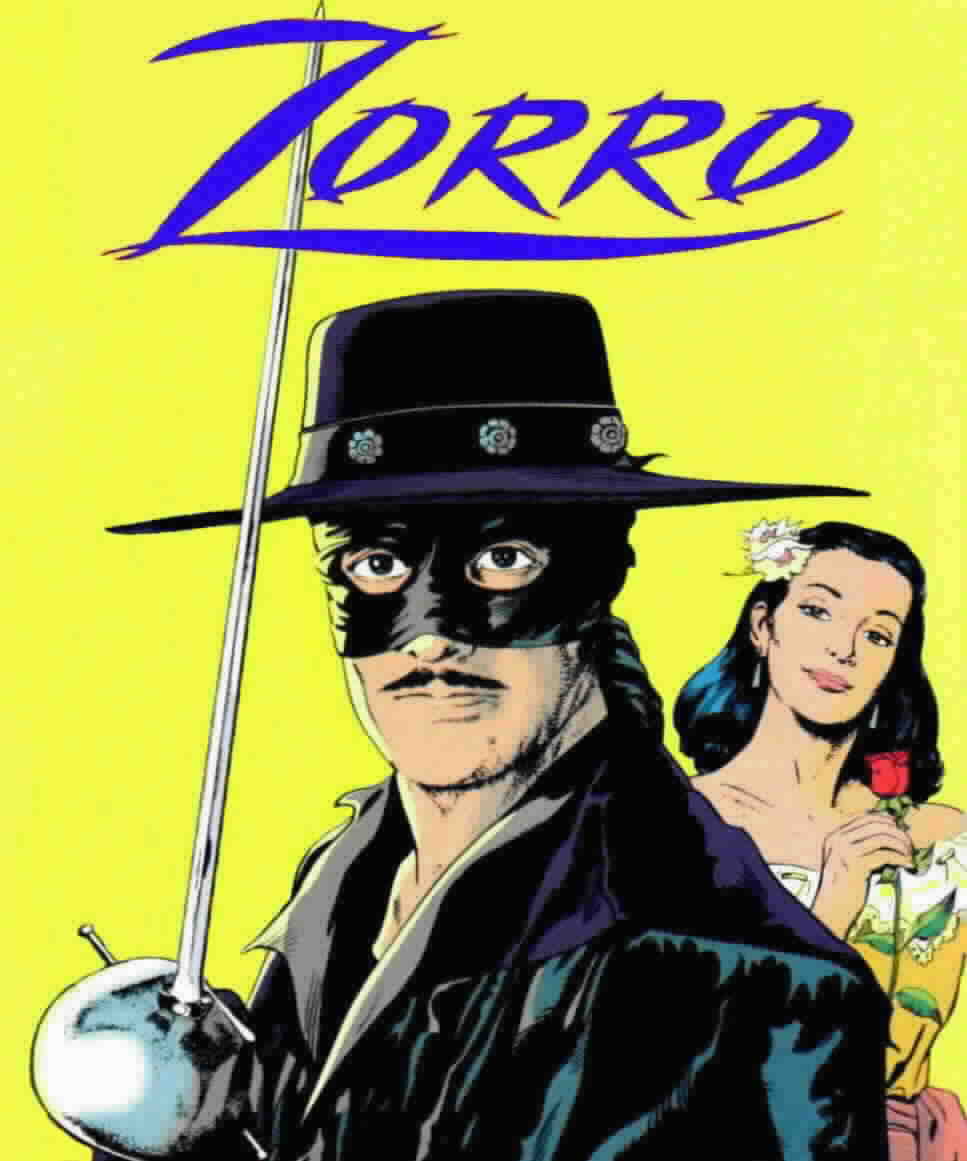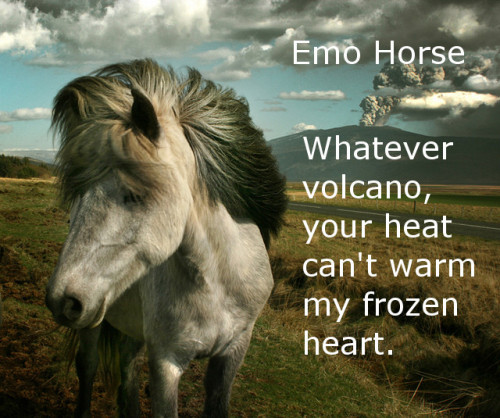 |
| Us, in winter, posing underneath the RlazyS brand. |
Cute little Critters and things:
The wildlife we saw at the ranch was pretty incredible. Mama moose with babies, herds of elk with nurseries of babies, marmots, "chizzlers" (more on them later), badgers, coyotes, Mama black-bear with two cubs and probably loads of others I'm forgetting now.
Mr. Marmot is curious, and cute. |
Mama Marmot was more timid. |
Someone is feeding Mr. and Mrs. Marmot, so they're pretty brave about running up to you and asking for food. Mr. Marmot, almost hopped into Matts lap, before he realized he probably should be a little scared.
One night, returning from Matt's talk in Dubois (stay tuned for future blogpost), we saw what was easily the most adorable wildlife site ever. Three coyote pups playing in the road by the house. They were jumping all over each other, making adorable little noises, and completely indifferent to our cars approaching. We watched them catch bugs in the light from our headlights. Unfortunately, we couldn't get a great shot.
Fun Coyote Facts: (thanks to wikipedia)
Native to North America and live in packs.
Baby Coyotes are called Whelps, or Pups.
Coyotes inhabit abandoned groundhog and badger holes.
Wile E. Coyote is the only coyote known to hunt roadrunners.
One critter, the "Chizzler", deserves special mention as it is not something we have out east. I didn't have a photo, so I tried to find one on the internet, and the only thing that turns up under the search "Chizzler" or "Wyoming, Chizzler" are pictures of little kids with big guns shooting these guys, or worse, the end result. Which, unsurprisingly enough, seems to be the most important reason they exist. I guess they're pretty annoying critters that make holes everywhere, not something you want with horses around. According to Matt, he used to get paid 50 cents a pop.

So, from what I can figure out, Chizzlers, also called Picket Pins, and Squeakies, are essentially ground squirrels. Kinda like prairie dogs. Cute, I think.
While at the ranch, I took up the challenge of trying to pet all of the horses. Ok, so big task, and I didn't quite make it. But I would say I got a fair number of them. They were fun to watch as they wandered around freely grazing wherever they pleased.
 |
| Mr. CrazyHorse (not his real name) |
This paint, would get all upset when Matt and I were in the hot tub out back by the pasture. He'd stare right at us, and snort and prance around with his tail in the air. Sometimes he'd get a whole group of horses riled up and they'd all turn and face us and watch. Who knows... I think he was jealous.
Lazing, and lounging, and lying around.
After we finished packing and unpacking and going on trips, we got into a pretty good routine.
A typical day for us would look something like this:
Somewhere between 8-9 am: Wake up.
Make some tea. Eat Breakfast.
Go sit in the hot tub.
Laze around on the couch with our computers, sending emails to grad schools, working on blog etc.
Eat lunch.
Take a nap.
Wake up from nap and lounge somewhere, usually on the hammock, in porch chairs or in the hot tub.
Usually our afternoon hot tub break (assuming it wasn't too hot out to boil in 102 degree water) would be accompanied with either blueberry or strawberry mojitos, or if we're feeling lazy, a mojicoke (our own invention- coke, mint, lime, rum).
Hang out and go for a walk.
Go to dinner.
Hang out and watch a movie.
Get in the hot tub.
Somewhere between 10pm- 12 am: Go to bed.
(The routine sometimes got swapped around, ie. we would laze on the couch before our morning hot tub, or we'd skip the nap and go for a walk or read or something nice, on particularly rough days, we might pass on one or more of the hot tub breaks altogether). All in all, we took it pretty easy. Of course, we weren't totally lazy all the time. We tried to do something fun everyday, so we'd go for rides on the trails, or go out boating on the lake with Matt's family, bike to the ski village for a concert, walk around town, etc.)
Twice we went out on Jackson Lake in the boat and zoomed around, bouncing on the waves. We had a pretty great view of the mountains!
 |
| The Tetons |
The Stirn Boys driving the boat. |
 |
| Breakfast around the Campfire |
Although we never got up early enough to go riding, for the early morning breakfast ride, we had fun going to the breakfasts out by the fishing pond.
Of course, while in Wyoming, we HAD to go see the Rodeo, Wyoming's state sport. Between the bull riding, the cattle roping, the barrel racing and the children's bull riding, I'm pretty sure my jaw was hanging open in awe the whole time.
 |
| Miss Rodeo Princess |
 |
Below, the cattle roping in action.
The bull riding was crazy. These bulls, although they're jumping around trying to get the rope untied from their hips, aren't trying to kill their riders. For the most part, once the rider got off, or the rope was removed, the bulls went trotting straight to their pens. Still, its a pretty bumpy ride for those cowboys.
Our rides were decidedly calmer than what we observed at the rodeo. We'd walk the trails and see the herds of elk bugel at us, and baby bears scamper up trees.
 |
| Our wrangler Dana, leading the Loping Ride |
Matt got to ride Zorro that day. Zorro, was a large horse, who tended to walk in whatever direction he pleased.
 |
| Matt riding Zorro. |

We decided that Zorro did not live up to his namesake, and was in fact a hipster-emo horse. Kinda like this one:







































